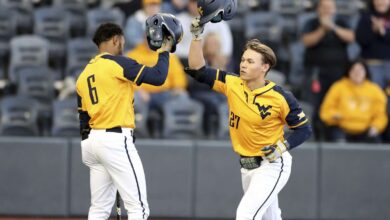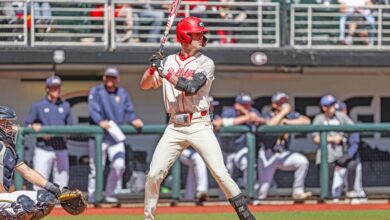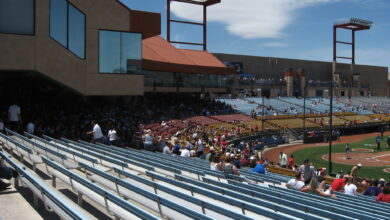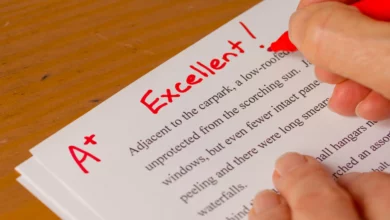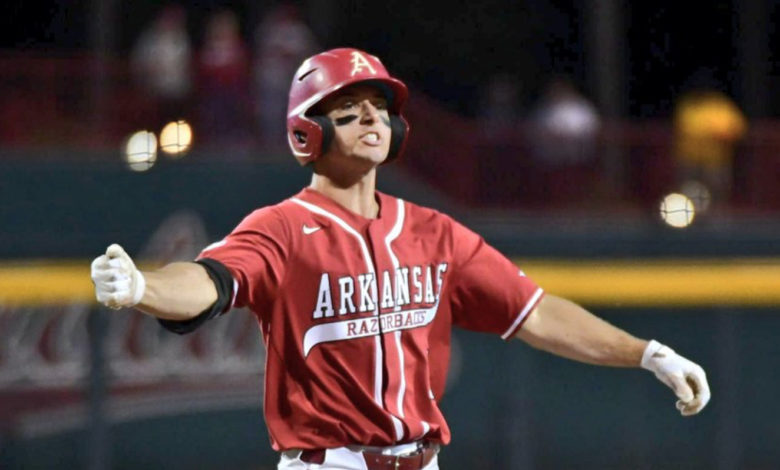
With Major League Baseball on hiatus for now, we turn to the college ranks to fill the void. Nearly two years removed from the cancelled COVID season, we see new stars, upcoming names and familiar names that’ll carry us all year. Here are some college players everyone needs to know before the draft. For the full mock draft, click here.
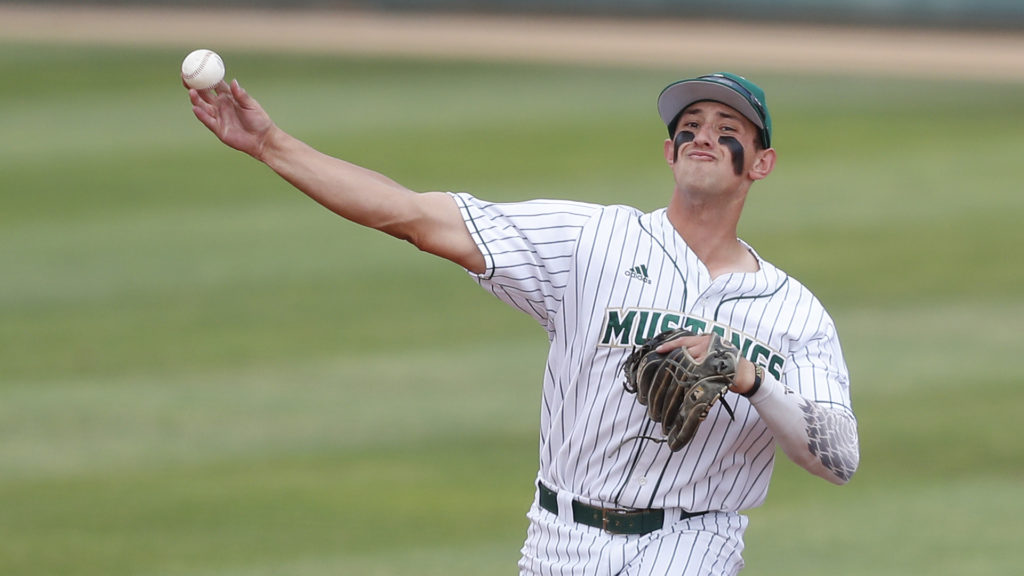
Brooks Lee, Shortstop, Cal Poly
Get to know the name. Much like Henry Davis did in last year’s draft, Brooks Lee is a name that keeps gaining momentum. In 2021, Lee had a .342 batting average and an incredible 1.010 OPS. His 139 total bases sits near the top of all collegiate players. Of course, there are a few prep shortstops that will contend with Lee for the number one spot, but barring any major drops in performance, Lee should be a top-five pick in July.
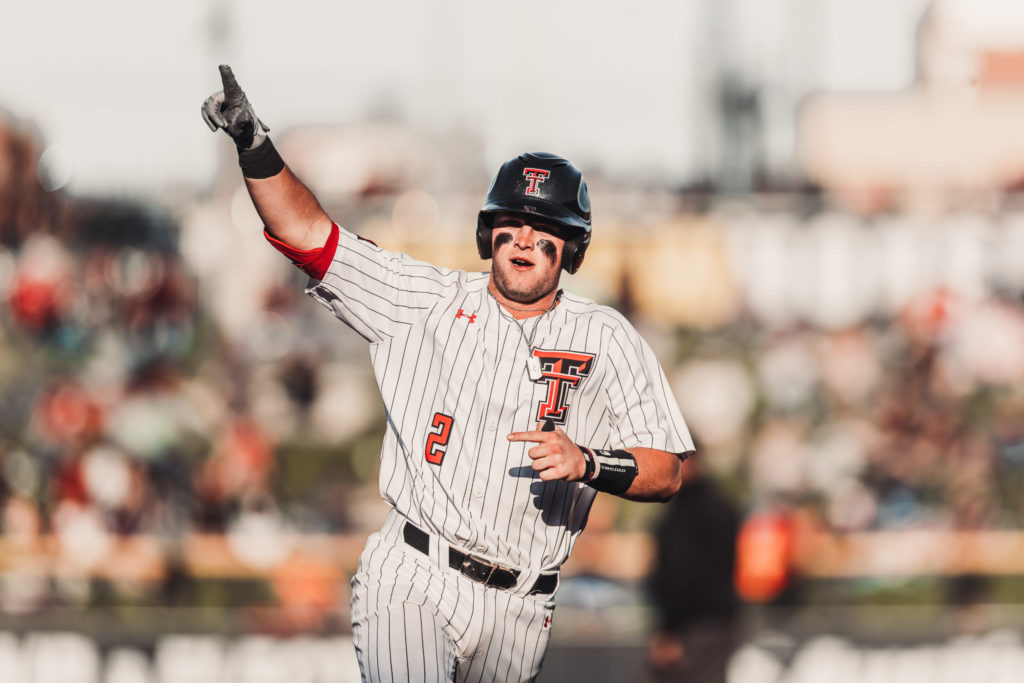
Jace Jung, Third Baseman, Texas Tech
Following in any older brother’s footsteps is a hard thing to do. Just ask Parker Meadows, Justin Upton, Billy Ripken, or Aaron Boone. Jung is the younger brother of Texas Rangers 2019 first round pick Josh Jung. Aside from playing for the Texas Tech Red Raiders, both profile the same. They can play second and third base, their batting stances at the plate are similar and each provide a lot of power in their game. Even crazier, the Rangers hold the third pick in this year’s draft, so don’t be surprised if they take the younger Jung brother to pair the duo up.
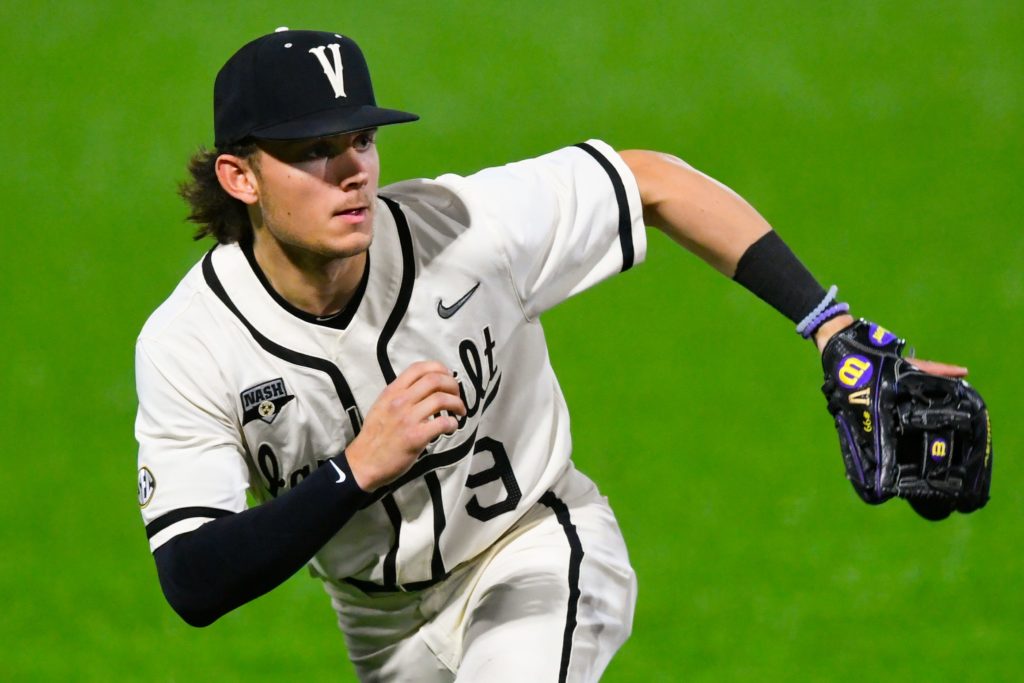
Carter Young, Shortstop, Vanderbilt
Carter Young doesn’t nearly get the props he deserves. He’s a slick shortstop with comparisons to Trea Turner and Dansby Swanson. I think scouts are waiting for him to break out in similar fashion to Vanderbilt alum Austin Martin, before they crown him a top shortstop. And they aren’t wrong. Carter is still missing that one big moment all first round picks usually have on their resumes. He is the victim of the next man up strategy when it came to him playing shortstop. He takes over for the legends that have gone before. It’s a heavy crown to wear. One attribute that should stick out about Young is his work ethic. He gained 20 pounds of muscle after high school to improve his power. Scouts are down on him for his ability to hit for average, but if he can improve that this year, he’ll fall into the top-15.
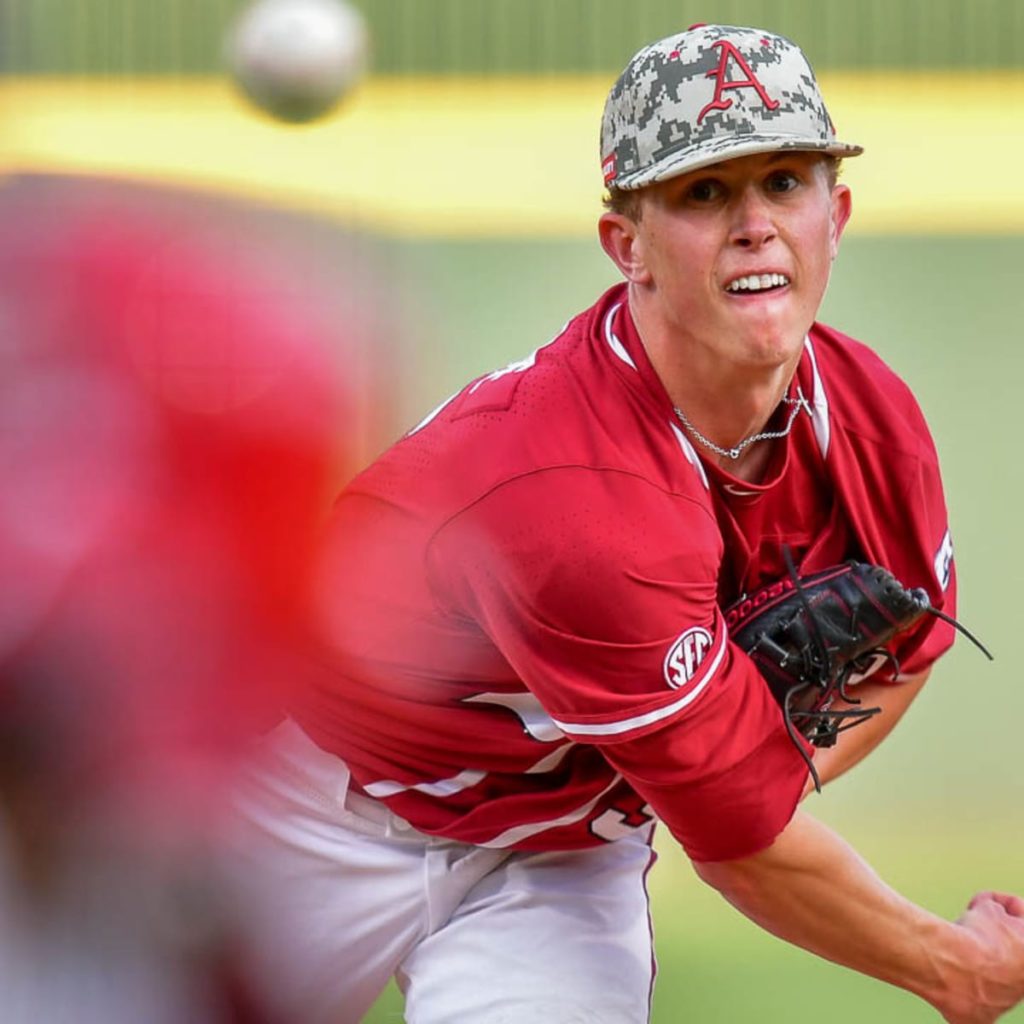
Peyton Pallette, Right hand Pitcher, Arkansas
Arkansas is the number two ranked team in the country right now. The past few seasons, they have proved that they are a legit program. Players like Peyton Pallette are the reason why. Pallette isn’t a big-framed pitcher with a power arm. He’s more of a Walker Buehler mold. He’s an intelligent pitcher, that’s only now getting his props. Some say his curveball is the best in this year’s draft.
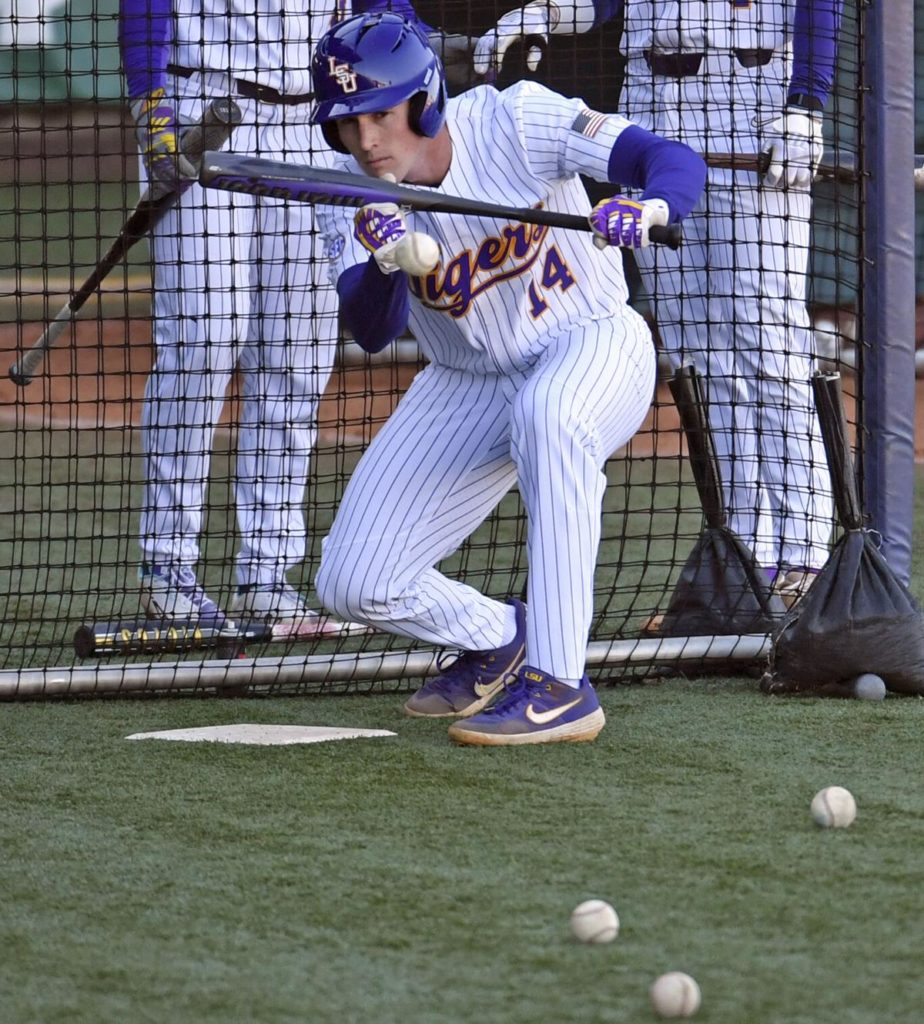
Jacob Berry, First Baseman/Third Baseman, LSU
This is the one prospect on this list that I feel will drop the more the season goes on. Berry can play third and first, but his true position is hard to figure at the start of the season. That’s because LSU has good problems, in that they have many better defensive players in the pipe at all positions. While Berry’s bat is the best thing going for him, he doesn’t project like a Spencer Torkelson did. Torkelson graded as a 70 hit and power tools, where Berry is around a 60-65 grade. Hit first players in the past, like Berry, tend to see a bit of a drop in the draft. In a nutshell, his hitting isn’t so great that teams can overlook his defense. That being said, he’s a switch hitter who is equally productive on both sides of the plate. That alone works in his favor.
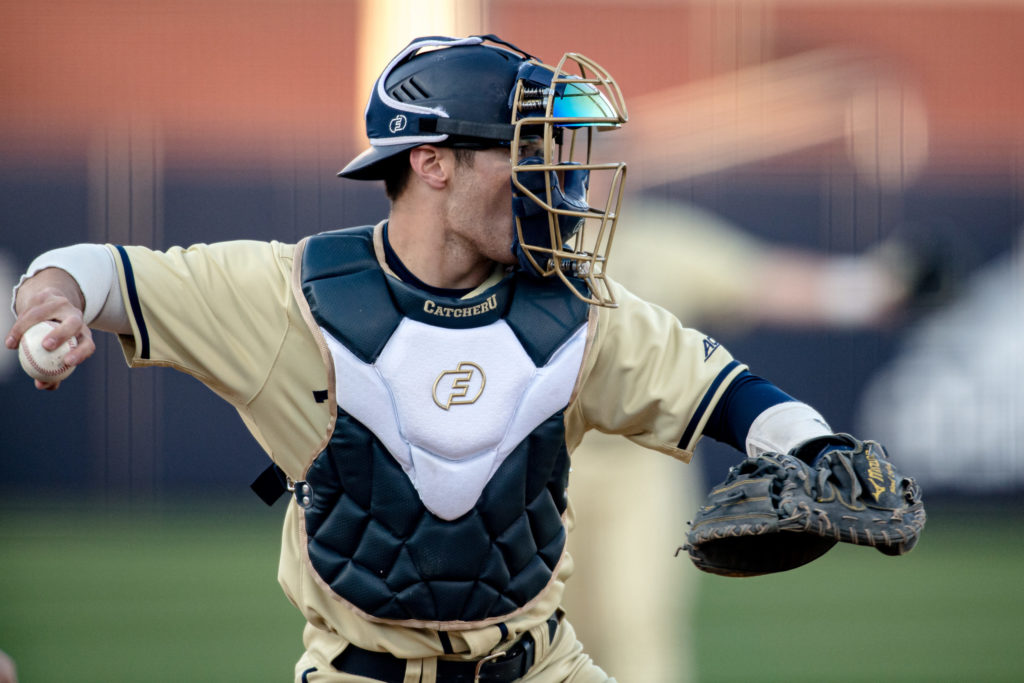
Kevin Parada, Catcher, Georgia Tech
Parada is in a tough position, but I feel he wouldn’t want it any other way. He’s recognized as the top catcher in this year’s crop. He’s got the arm, the defense, and can hit tremendously well. His confidence at the plate doesn’t lack either. He takes his pitches and doesn’t let counts he’s behind on rile him up much. The tough position I mentioned, though, is that everyone is going to compare him to last draft’s best catcher, who was the number one pick, Henry Davis. It’s tough to find a catcher like Davis. Parada comes close, but doesn’t grade as well as him. One thing Parada has working for him is that he’s consistent. There are no frills. Any team drafting him will know exactly how high and how low his ceilings and floors are.
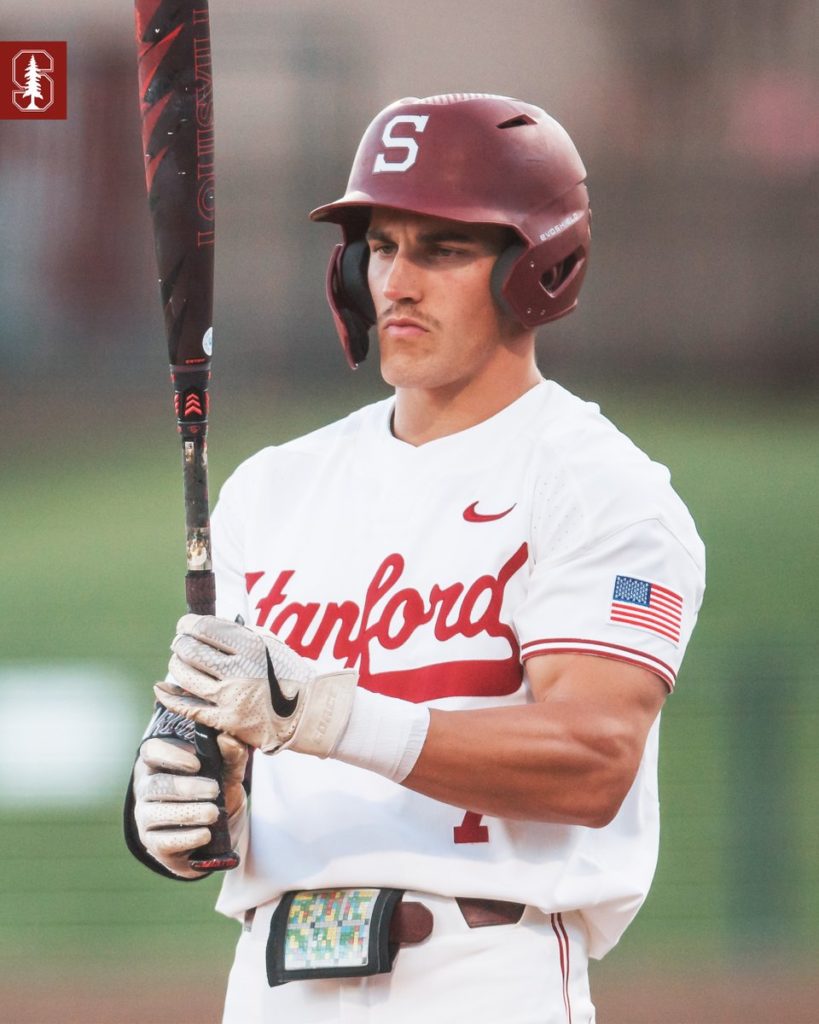
Brock Jones, Outfield, Stanford
Jones and Stanford are on a mission. After being ousted in the second round of last year’s College World Series tournament, Jones and his squad are on a revenge mission. They are a high-rising team that are currently ranked sixth in the nation. Jones is a former two-sport athlete, now solely focused on baseball and it shows. I wouldn’t call him a five-tool player, as I feel that is tag every writer and scout throw out nowadays with prospects. He can hit for average and power and is very fast, but his arm lacks. His glove is okay. Those are the two things he’ll need to perfect heading into the season. If the whole package comes together, he could become the third or fourth outfielder called in the first.
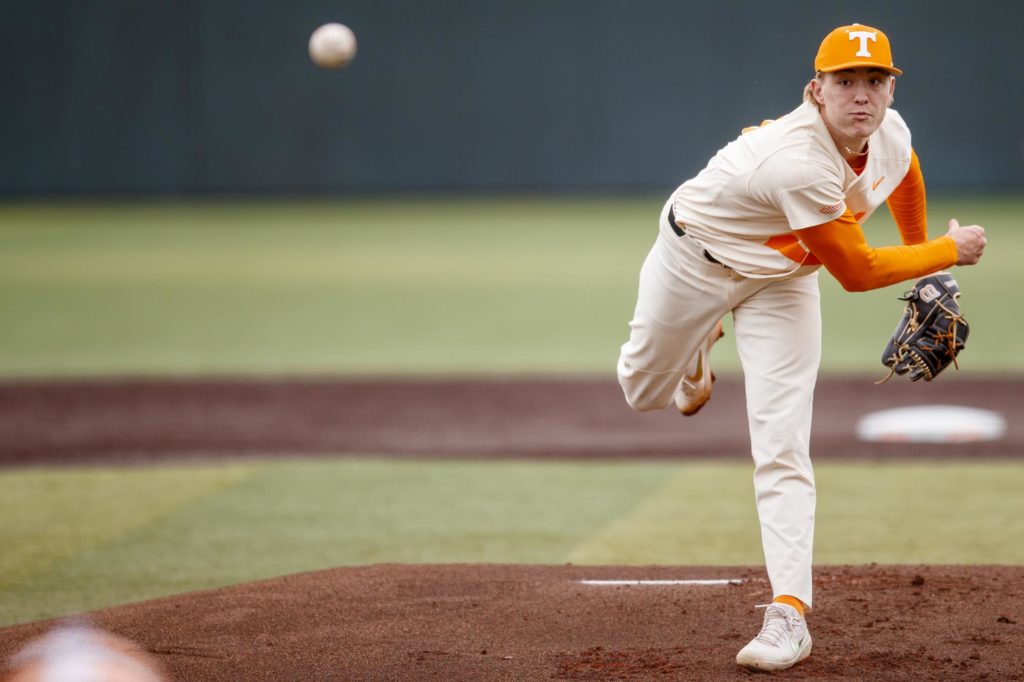
Blade Tidwell, Right hand Pitcher, Tennessee
Much like Pallette, Tidwell is an ace from a top college program. There’s a lot of anxiety to come with that. His fastball is there. Easily a 60 on the 20-80 grading scale. He can top out at 99 mph on any given day consistently. His freshman year he was a wiry 6’4″, but he added 20 pounds to his frame since then. This helped his velocity and his ability to go deeper in ballgames– the true mark of a starter.
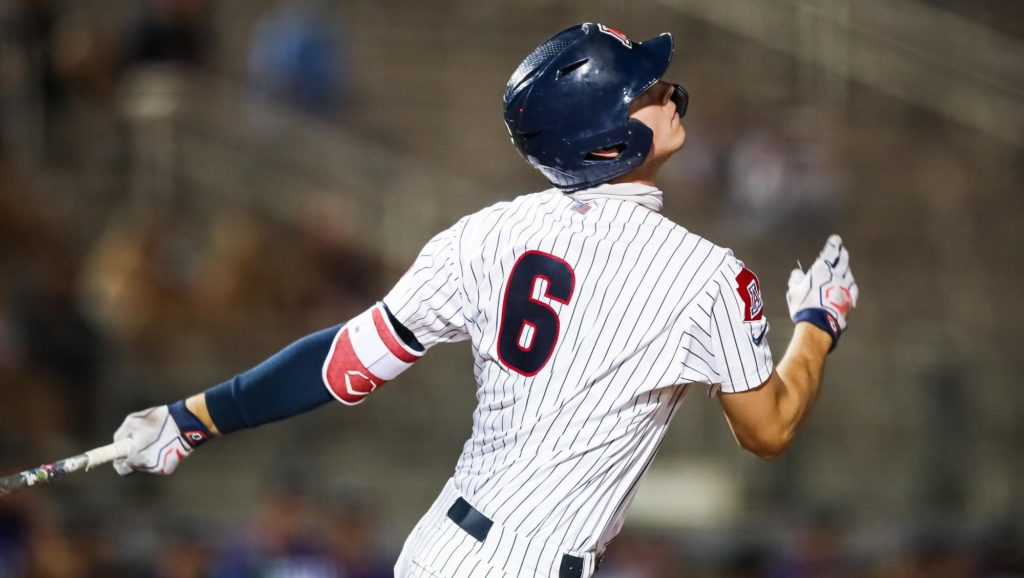
Daniel Susac, Catcher, Arizona
Only recently has Daniel Susac’s name came into play as being one of the best collegiate catchers in the country. He’s a big dude, that stands at 6’4″ and 218 pounds. Obviously, his power is the best part of his hitting game. The hit ability is there too, but tends to be up and down at times when facing top-25 ranked pitchers. His overall athleticism stands out most though, given his size.
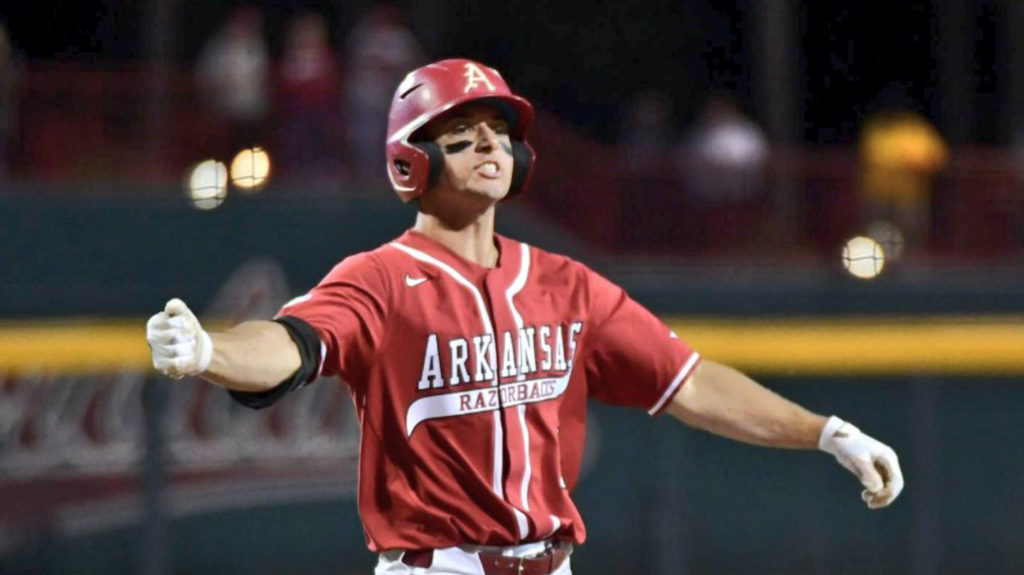
Robert Moore, Second Baseman, Arkansas
Robert Moore is like Nick Gonzales was to the New Mexico Lobos from 2018 to 2020. He’s the leader of a squad built for championships. He’s a smaller player (5’9″) with some of the best bat speed you’ll see that will produce 20-homers a season. His arm is okay, not great. But that’s why he’s a second baseman. He easily compared to Ian Kinsler, but I still see a lot of Nick Gonzales here.


